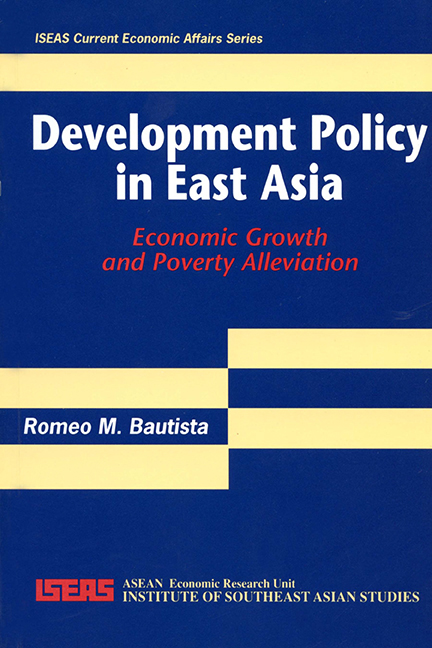Book contents
- Frontmatter
- Contents
- List of Tables
- 1 Introduction
- 2 Measures of Development Performance
- 3 Analytical Considerations
- 4 Economic Conditions in 1965
- 5 Role of Development Policies
- 6 Some General Equilibrium Estimates of Policy Effects
- 7 Redistributive Policies
- 8 Concluding Remarks
- Notes
- Bibliography
- The Author
3 - Analytical Considerations
Published online by Cambridge University Press: 21 October 2015
- Frontmatter
- Contents
- List of Tables
- 1 Introduction
- 2 Measures of Development Performance
- 3 Analytical Considerations
- 4 Economic Conditions in 1965
- 5 Role of Development Policies
- 6 Some General Equilibrium Estimates of Policy Effects
- 7 Redistributive Policies
- 8 Concluding Remarks
- Notes
- Bibliography
- The Author
Summary
Cross-country correlations and historical associations such as those indicated above are at best suggestive of, but do not establish, causal relationships. A country's economic growth, income distribution, and poverty incidence are, to use the terminology of econometricians, “endogenous variables” that are jointly determined by a set of explanatory factors or “exogenous variables”. To be able to say something about causal relationships, for example, to explain differing records of growth and equity among developing countries, one needs to specify the mechanisms and processes that show how endogenous variables are affected by exogenous variables.
Conventional comparative advantage theory presents a useful starting point for a general framework of analysis, considering the high degree of openness of the East Asian economies. At least three factors of production need to be distinguished, namely, land (or natural resources), labour, and capital. The dynamics of the factor-proportions theory of comparative advantage defines an efficient growth path for the economy consistent with any initial factor endowments, and provides a systematic explanation of long-run changes in the functional distribution of income (that is, in relative income shares of the factors of production).
The vast majority of the poor in most developing countries consist of landless agricultural workers and unskilled labourers in industry and services, particularly the unemployed and underemployed among them. Therefore, the income of the poor (in the form of “wages”) is crucially dependent on the state of demand for, and the productivity of, labour, and what happens to the share of labour earnings to total income over time will largely determine the course of poverty.
In applying the three-factor model to the East Asian development experiences since the mid-1960s, it is appropriate to differentiate, in terms of initial factor endowments, between two types of economies — the relatively labour-abundant (the four NIEs) and the relatively resource-abundant (the ASEAN-Four). Assuming competitive conditions and absence of domestic market distortions, wage income is expected to increase in the first type of economies as production and exports of labour-intensive goods expand over a period of time; on the other hand, the second type of economies will be characterized by rising resource rent associated with the expanding production and exports of resource-intensive goods.
- Type
- Chapter
- Information
- Development Policy in East AsiaEconomic Growth and Poverty Alleviation, pp. 17 - 19Publisher: ISEAS–Yusof Ishak InstitutePrint publication year: 1992



